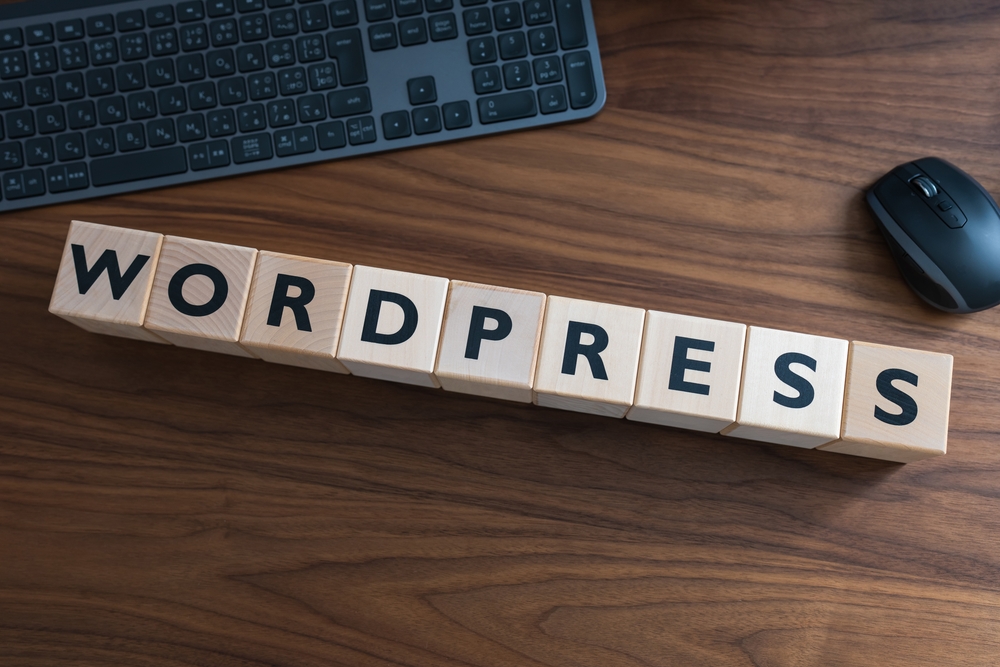
Creating and managing a successful blog can be a rewarding experience. Whether you are looking to share your passion with the world, establish yourself as an expert in your field, or make some extra income, blogging can open up a world of opportunities. However, a successful blog doesn't just happen overnight. It takes time, effort, and dedication to build a loyal readership and grow your blog's reach. In this guide, we will provide you with everything you need to know to start and manage a successful blog.
Choosing a Blogging Platform
Choosing the right blogging platform is the first step in creating a successful blog. There are many platforms available, each with its own set of features and benefits. Some popular options include WordPress, Blogger, and Tumblr. WordPress is one of the most popular blogging platforms, known for its flexibility and customization options. Blogger is a good choice for beginners, as it is easy to use and integrates seamlessly with Google services. Tumblr is a microblogging platform that is great for sharing short-form content like photos and videos.
Defining Your Niche
One of the key factors in a successful blog is defining your niche. Your niche is the topic or audience you will be focusing on in your blog. Choosing a specific niche will help you attract a targeted audience and establish yourself as an authority in your chosen area. Before starting your blog, take some time to think about your interests, expertise, and the audience you want to reach. Consider your passions, skills, and what sets you apart from other bloggers in your niche.
Creating Quality Content
Creating quality content is essential for a successful blog. Your content is what will attract and engage your audience, so it is important to put time and effort into creating well-written, informative, and engaging posts. Make sure your content is relevant to your niche and provides value to your readers. Use a mix of text, images, and videos to keep your audience interested and coming back for more. Regularly update your blog with fresh content to keep your readers engaged and coming back for more.
Promoting Your Blog
Promoting your blog is crucial for reaching a wider audience and growing your readership. There are many ways to promote your blog, including social media, guest posting, SEO, and email marketing. Use social media platforms like Facebook, Twitter, and Instagram to share your blog posts and engage with your audience. Guest posting on other weblog site in your niche is a great way to reach a new audience and drive traffic back to your blog. Implementing SEO best practices will help your blog rank higher in search engine results and attract more organic traffic. Email marketing is another effective way to promote your blog and stay in touch weblog with your readers.
Engaging with Your Audience
Engaging with your audience is key to building a successful blog. Interact with your readers through comments, social media, and email to build a loyal and engaged community. Respond to comments on your blog posts, engage with your followers on social media, and send out regular newsletters to keep your audience informed and engaged. Encouraging discussions and feedback on your blog will help you understand your audience better and tailor your content to their needs and interests.
Monetizing Your Blog
Monetizing your blog is a common goal for many bloggers. There are several ways to make money from your blog, including affiliate marketing, sponsored posts, selling products or services, and display advertising. Affiliate marketing involves promoting products or services and earning a commission on any sales made through your referral link. Sponsored posts are paid posts created in collaboration with a brand or company. Selling products or services, such as ebooks, online courses, or consulting services, can also generate income. Display advertising, such as Google AdSense, can also bring in revenue based on website traffic and ad clicks.
Tracking Your Progress
Tracking your progress is essential for measuring the success of your blog and identifying areas for improvement. Use tools like Google Analytics to track your website traffic, audience demographics, and user behavior. Monitor your blog's performance metrics, such as page views, bounce rate, and time on page, to see how your blog is performing. Analyze your social media metrics to see which platforms are driving the most traffic to your blog. Use this data to make informed decisions about your blog site content strategy, promotion tactics, and monetization efforts.
Frequently Asked Questions
1. How often should I publish new blog posts?
It's important to find a publishing schedule that works for you and your audience. Consistency is key, so aim to publish new blog posts on a regular basis, whether that's once a week, twice a week, or once a month.
2. How can I increase traffic to my blog?
There are many ways to increase traffic to your blog, including promoting your blog on social media, guest posting on other weblog website , and implementing SEO best practices. Engaging with your audience and creating quality content will also help attract more readers to your blog.
3. How do I monetize my blog?
There are several ways to monetize your blog, including affiliate marketing, sponsored posts, selling products or services, and display advertising. Experiment with different monetization strategies to see what works best for your blog and audience.
4. How can I engage with my audience?
Engaging with your audience is key to building a loyal and engaged community. Respond to comments on your blog posts, engage with your blog followers on social media, and send out regular newsletters to keep your audience informed and engaged.
5. How do I track my blog's performance?
Use tools like Google Analytics to track your website traffic, audience demographics, and user behavior. Monitor your blog's performance metrics, such as page views, bounce rate, and time on page, to see how your blog is performing and make data-driven decisions.
Other useful resources